Driver Reviews
The Big Review – Nike SQ Dymo STR8-FIT Driver
 Hot on the heels of their new Dymo Driver is the adjustable version, the STR8-FIT. This version boasts an adjustable hosel with 8 different settings: from hard draw to hard fade and everything in between.
Hot on the heels of their new Dymo Driver is the adjustable version, the STR8-FIT. This version boasts an adjustable hosel with 8 different settings: from hard draw to hard fade and everything in between.
Nike have continued their real commitment to driver technology with the introduction of STR8-FIT. Having been one of the first to take head geometry into the mainstream with one of the first square headed drivers, such as the one played by 2009 US Open Champion Lucas Glover, they have now brought the adjustability that the tour pros enjoy to everyday golfers. Bag Chatter looked at the more traditional shaped version.
SQ Dymo STR8-FIT Chromed sole

Technical Specs
| Loft | 8.5 | 9.5 | 10.5 | 11.5 | HL |
|---|---|---|---|---|---|
| Hand | Right only | Right/Left | Right/Left | Right/Left | Right only |
| Length | 45.75″ | 45.75″ | 45.75″ | 45.75″ | 45.75″ |
| Womens | No | No | No | Yes | Yes |
| Length | N/A | N/A | N/A | 44.5″ | 44.5″ |
Appearance
The standard Dymo saw Nike drop the lurid yellow of the SQ range in favor of matt black and grays. While this was a huge improvement on the previous generations, it was still some way from being anything more than moderately good looking. The Nike SQ Dymo STR8-FIT (to give it its full moniker) takes the looks to a new level. While the standard Dymo is obviously never going to win any beauty pageants, the STR8-FIT looks like it would at least make it into the final group even if it is unlikely to take home the tiara.
Left: Standard Dymo, Right: STR8-FIT Dymo

The gray powerbow is almost identical to the standard version (they start closer to the face and the scoops are fractionally shallower on this version) so no real change there, but the glossy metallic black crown and chromed sole are very classy. The face shape is exactly the same as the standard version but has a ‘gear’ motif. Most interestingly the head shape is subtly more rounded, most noticeably where toe joins the face and correspondingly where the heel leaves the hosel. The glossy finish helps in giving the head some depth and the overall impression is much more attractive and far more pleasing to the eye at address. While the importance of appearance is often over-stated with golf clubs, you have to be able to feel comfortable looking down at a club. This is most true with a driver where you might be staring down the barrel of a tight fairway.
Top: SQ Dymo STR8-FIT Headcover, Bottom: SQ Dymo Headcover

The headcover is very similar to the standard version. It’s a different color from the standard version and has a pocket for the wrench so that you are never without it.
SQ Dymo STR8-FIT face view

So how does the STR8-FIT system work? It’s actually pretty simple. The shaft ends in an adapter that fits into the hosel. The key is that the part of the adapter that fits into the hosel is slightly angled so rotating the shaft mimics bending the hosel in that direction. The adapter is secured by tightening a collar that sits just below the ferrule with the STR8-FIT wrench. The toque wrench that Nike include is a nice piece of kit that beeps and flashes a red light at you to prevent you over-tightening the collar. The first time you try it it does seem a little complicated as you figure out which part of the club you should be holding but it’s pretty simple to figure out although it is explained very well in the manual so you should read that first (golf clubs with manuals…sheesh!).
Top: STR8-FIT System, Bottom: Wrench


Performance
The original version was a good honest driver without being particularly extraordinary in any one category – good feel and distance, well weighted with a good balance of forgiveness and workability. It was just a question of whether the numbers that the Dymo produced worked for you. Without even considering the adjustability, the STR8-FIT takes all these facets of performance and gives them a healthy boost. Flight is higher and more penetrating, feel is much improved as the face feels and sounds hotter and the club seems more controllable.
Straight out the box it’s obvious that Nike have tried to aim this at the better golfer without excluding Joe Average. The launch conditions see a very high launch with mid-low spin levels. Those with super high swing speeds will probably see some ballooning but for mere mortals the great balance of launch angle and spin means that you maximize distance. It’s controllable too which is a bit of a surprise given the total length of 45.75″. Normally with that sort of length you would expect distance but at the expense of accuracy but there’s little evidence of accuracy being compromised.
The balance between forgiveness and workability is good too. On one hand Nike have not maxed out MOI with this club but it’s plenty high enough to look after your mishits. The upside of this is that you can actually play to move the ball with this driver without worrying about having to completely change your swing and that mishits are hardly punished at all.
The sound is very different from the standard version. Where the normal Dymo is fairly quiet this one is much more raucous and sounds how it feels; supremely hot. While it’s nowhere near the unbearable sounds of the old Cobras, it is pretty loud.
I goes without saying that the most interesting thing about this club is the adjustabilty. Nike’s advertising tells us ‘Set up for straight or set up for shape’ and ‘one club, one swing, eight shots’ and the reality is that changing the hosel position makes a huge difference.
Left: 2 degrees closed, Middle: Neutral, Right: 2 degrees open

There are 8 different positions for the adapter: 3 draw setups, 2 neutral (they differ by loft) and 3 fade setups. Cranking the face closed sees the ball dive towards the left side of the fairway. Get out the wrench and take the face all the way open and the ball will fade off to the right. This means that you can set up the face so that the driver plays the way the course needs or set it up to compensate for any particular swing issue you have. Changing the face angle is far more effective at changing the flight of the ball than moving weights or adding lead tape and altering the club so that it fits you can transform this driver into a real beast.

Another of the other big improvements with the STR8-FIT versus the normal version is the stock shaft – the UST Proforce AXIVCore in this version is the real deal rather than a ‘made for’ version that you often find with other stock shafts. Not only does this change the feel of the shaft (it’s reminiscent of the original and outstanding Proforce) but makes it feel far more stable throughout the entire swing. The 59 gram shaft can take a higher swingspeed than you think for such a light shaft and the 2 higher weights (69g and 79g) means that no one is left out.
The only thing about this club that isn’t positive is the headcover. While it’s great to have the wrench with the club at all times and designing a headcover for a 460 cc head can’t be that easy, it also can’t be that hard. With the club performing as well as it does, you want to use it at every opportunity but getting it out of the headcover is a hassle and putting it back sees you wrestling with the damn thing like you’re trying to shove a grapefruit into a small mammal.
Conclusion
Like the MX-700 Driver we previously review, the SQ Dymo STR8-FIT is another gold medal winner in the Golf Digest hot list and it’s easy to see why. The combination of great performance and adjustability makes this Nike’s best driver yet.
It goes without saying that a huge amount of effort must have gone into the hosel technology. Not only in creating the asymmetric plug to move around the face angle but also doing so in a way that would not wildly change the performance of the clubhead and just a importantly the shaft. Of course, those in the know are still desperate to find out if and when the smaller 380cc version will be coming out but for those who don’t have insanely high swing speeds and appreciate the ability to be able to customize the face angle to match their swing, this is a genuine contender for best driver currently available.
Interestingly, not everyone I’ve spoke to have been positive about adjustable clubs. Some have said that golfers should learn to hit the ball properly and not rely on clubs to cure a hook or a slice. In one way he has a point – all golfers would benefit by having a better swing – but for recreational golfers who can’t or don’t play enough that is a little over-idealistic and anything within the rule that makes the game more enjoyable deserves consideration. There’s also the fact that one of the things that make Tour equipment so good is that it is tweaked for the pro’s swing. Adjustable clubs give us mortals the same advantage so all it’s doing is getting us a little closer to what our heroes play and the SQ Dymo STR8-FIT is a great example of what can be done.
- LIKE5
- LEGIT0
- WOW1
- LOL0
- IDHT1
- FLOP0
- OB0
- SHANK0
Driver Reviews
GolfWRX Spotlight: Tour Edge Exotics C721 driver

Tour Edge’s Exotics line of high-end golf clubs has been known for excellent fairway wood and hybrid performance over the years. The Chicago-based company has been consistently putting out high-quality products, and golfers are really taking notice. The new line of C721 drivers, fairway woods, and hybrids take yet another big leap forward from last year’s EXS line.
The new C721 driver takes a lot of technology from the 2020 EXS line and further refines and expands on it. I know it is a little cliche when companies say every model is their best ever, but Tour Edge is 100 percent right this time.
When unboxing the C721 the first thing I noticed was the much-improved looks and shape over the previous Tour Edge drivers. The biggest change to my eye is the added bulge, giving a more rounded and softened topline.
The overall shape of the C721 is slightly stretched from front to back, giving it just a hint of a triangular look. The Ridgeback is a titanium spine flanked by two carbon fiber wings that add stability and forgiveness to the head, but they can also work together and an additional aiming device to ensure you are lined up down the center of the fairway.
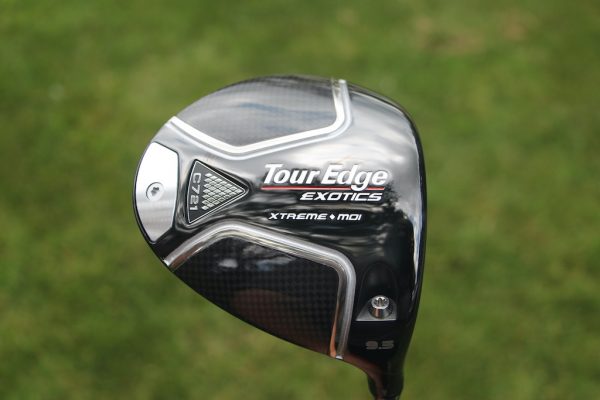
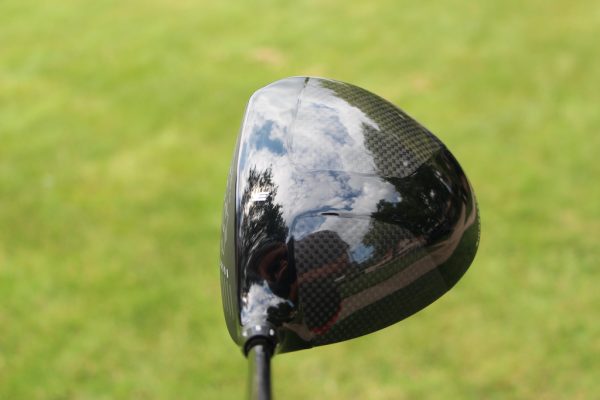
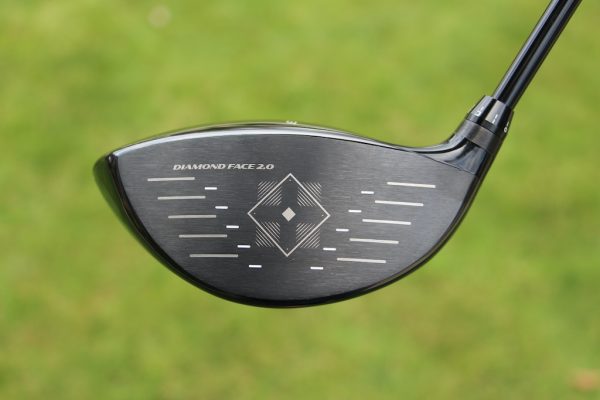
Getting the C721 out on the course is where you really start to appreciate all the technology that went into this driver. Well-struck shots are very long, very boring, and will hang with anything out on the market today. Center contact is rewarded with a long and very low spin shot that is just fun to hit.
The sound and feel are very solid, you can really feel the ball compress on the face as it leaves at high speed. The sound is more of a muted crack and much quieter than I anticipated. If you practice on an enclosed range your ears will thank you for your choice in drivers. Shots hit away from the center of the face retain a lot of ball speed and stay online really well.
My miss is low on the heel and those misses stayed in the air fairly well and went a good ways. Shots hit down on the heel or higher on the toe side still stay online really well due to the Ridgeback spine and rear weight. The C721 is just slightly higher than mid-launch for me, but the low spinning head never allowed my shots to balloon or rise even into the wind. I do wish the face was just a touch deeper as I had to play with my tee height in order to find the optimal setup. The better players will enjoy the neutral weighting and there seems to be very minimal draw built into the driver.
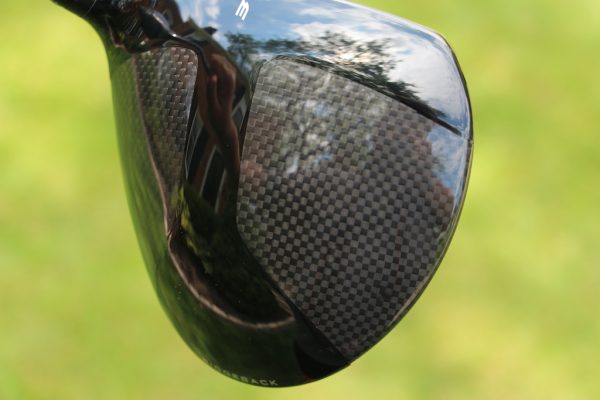
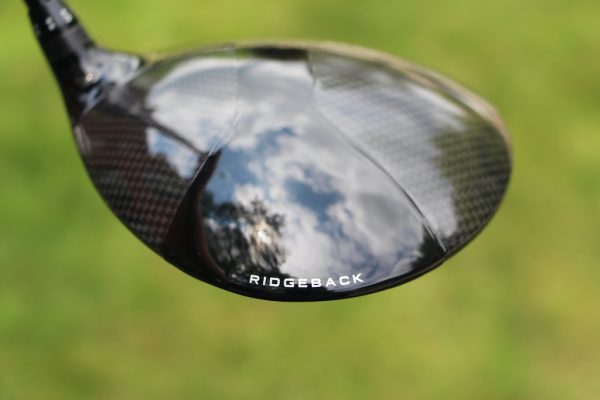
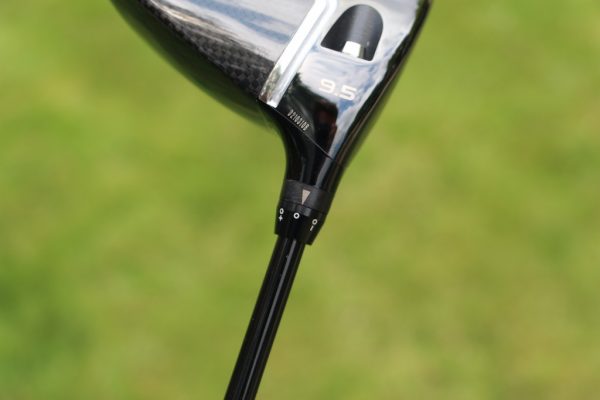
Overall, the Tour Edge Exotics C721 driver is a great club that will probably be overlooked by too many golfers. If you are looking for added distance, a lot of forgiveness and want to keep some money in your pocket, then you should seriously take a look at Tour Edge.
- LIKE103
- LEGIT12
- WOW6
- LOL2
- IDHT1
- FLOP1
- OB2
- SHANK5
Driver Reviews
Review: Ping’s G400 and G400 LST Drivers
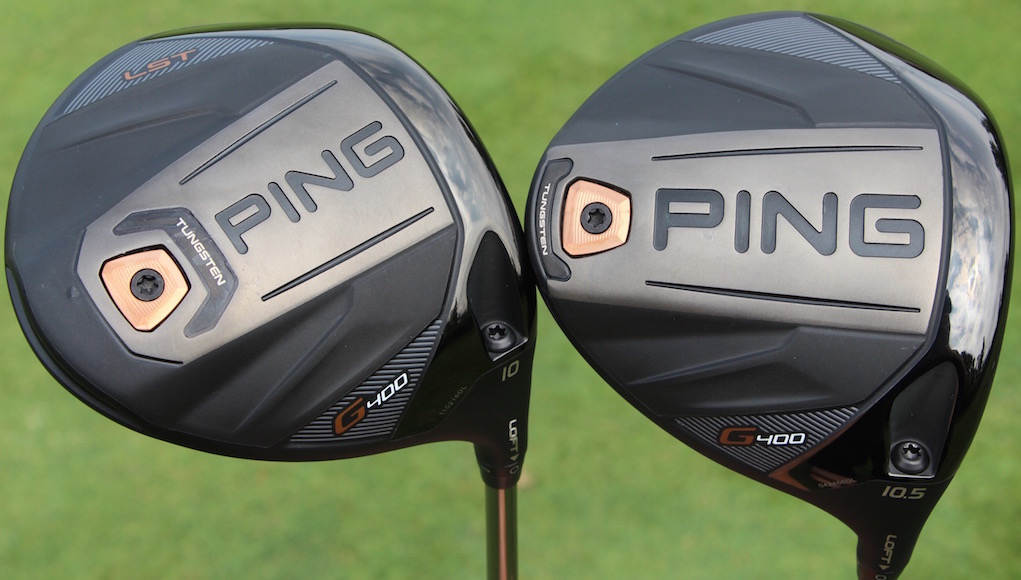
I still remember the first time I hit Ping’s G30 driver. It was July 2014, and I was at Ping’s HQ in Phoenix. Super low-spin drivers were all the rage at the time. With their forward center of gravity, they were helping golfers optimize their launch conditions beyond their wildest dreams: crazy high launch, ridiculously low spin. Many in the business, including myself, had one of these drivers and spent many launch monitor sessions trying to figure out how to get more distance from these high knuckleballs. The bad news was that forward-CG drivers, by nature, were really unforgiving. Bad shots were really short and crooked.
Before I knew the G30 was a big deal, Marty Jertson, Ping’s Director of Product Development, explained to me his vision for the perfect driver inside a conference room at Ping Headquarters. In his eyes, the perfect driver didn’t have the low, forward center of gravity (CG) that was being touted at the time. Its CG was located as low and as rearward in the driver head as possible, which he said would offer the best of both worlds: optimized launch conditions on good shots, as well as the best possible forgiveness on bad shots.
Building the perfect driver was a long way off (and still is), but Jertson was excited where Ping had landed with the G30. When it was released, the driver was a powerful testament to his vision. Its rear-CG design created great distance on good and bad shots, and it was also a very straight driver. The G30 sold incredibly well and, as a result, the industry mostly shifted away from forward-CG drivers.
It’s been nearly three years since the release of the G30, and Ping has just made another counterintuitive driver release. The company shrunk the size of its new G400 drivers in a climate where full-size drivers have become the norm. Granted, it’s only 15 cubic centimeters smaller, but it’s noticeable at address. Compared to the Ping G drivers they replace (which replaced the G30), the G400’s look like they cut carbs.
Despite their slimmer frames, however, the G400 drivers are actually more forgiving than the G drivers (which were even more forgiving than the G30). That’s why Ping representatives say smaller is actually better in the G400’s case. The drivers have the lowest, most rearward CG of any Ping drivers ever, and their smaller size is said to improve their aerodynamics so golfers can swing them fractionally faster. The other big change is a new face material made of T9S+ titanium, which is thinner and more flexible to help golfers generate more ball speed.
For this review, I wanted to put the G400 and G400 LST to the test against the G and the G LST drivers that they replace, so I took them to the Launch Pad at Carl’s Golfland in Bloomfield Hills, Mich. I hit five shots with each driver on Trackman IV, and to ensure as much of an apples-to-apples comparison as possible, I tested each driver head with the same shaft. Each driver head was adjusted to the same loft, or as close as possible.
Note: The G, G LST, and G400 drivers I tested were 10.5-degree heads adjusted to 9.5 degrees. The G400 LST had a loft of 10 degrees, and it was adjusted to 9.4 degrees.
The Test
In my personal driver tests, I don’t usually see a huge uptick in distance or accuracy when comparing the latest drivers to the most recent models from the same manufacturer. Improvements generally come in the form of improved head shaping, a better feel, or enhanced adjustability. That’s why I was surprised to see such a big change in my launch conditions and dispersion with the G400 drivers.
G400 Test Results: With the G400, I launched my drives an average of 1.6-degrees higher than I did with the G while dropping spin an average of 416 rpm. That led to a significant improvement in distance. With my swing speed and ball speed staying about the same, I added an average of 7.2 yards more carry distance and 8.7 yards more total distance.
G400 LST Test Results: First, a note about the G400 LST. It has a CG that’s slightly lower and more forward than the standard G400 driver to help golfers reduce spin. Like the G30 LST and G LST, it’s still very much a rear-CG driver, but its design helps high-speed golfers who can consistently find the center of the club face maximize distance without highjacking forgiveness. When I test Ping drivers, the LST is generally the model that creates the best performance, and the G400 LST was no exception. I saw an average of a 1.2-degree higher launch angle with all other things staying about the same when I compared it to the G LST. The result was an average of 6.6 yards more carry distance and 3.1 yards more total distance. It was the longest and straightest driver I hit in the test.
Note: Ping also sells a G400 SFT (Straight Flight Technology) driver, which has added draw bias. To learn more about it, click through to tech story on the G400, G400 LST and G400 SFT drivers.
Dispersion
One way to explain the improved launch conditions is that I hit the G400 drivers more consistently. As you can see in the Trackman dispersion chart, I hit the G400 and G400 LST drivers straighter on average than the G and G LST. Is that its slightly enhanced forgiveness shining through? Maybe, maybe not.
To me, the changes Ping made to the look and feel of the driver were just as important as the performance difference I saw on Trackman. I’ve always preferred smaller driver heads, or at least 460-cubic-centimeter drivers that appear smaller than their size. For that reason, I felt more confident with the G400 drivers in my hands. I didn’t mind that I didn’t see any added swing speed or ball speed from the smaller driver head. I was sold on the looks alone.
- At Address: Ping’s G400 (left) and G drivers.
- At Address: Ping’s G400 (left) and G drivers.
I also preferred the sound of the G400 drivers to the G drivers. There was definitely much more of a “thwack” than a “ping” at impact, which made the G400’s feel more powerful. Looks and feel are subjective, of course, but to me the improvement was night and day. I don’t think it’s a stretch to say that my fondness for the looks and feel of the G400 was at least a contributing factor to my improved performance in the test, if not the most important factor. When I like the way a club look at address, I tend to hit it better, and I know I’m not alone.
I do want readers to keep in mind that this was a one-person test and I hit a limited amount of balls. Yes, it’s a great indication that the G400 driver can be measurably better than a G driver, but it’s not a guarantee.
I also want to address the weaknesses of the G400 drivers. While they’re few, they could push golfers into another driver model in a fitting. Unlike Callaway’s GBB Epic, TaylorMade’s M1 or Titleist’s 917 drivers, the G400’s don’t have CG adjustability. That means there’s no way to fine tune ball flight outside of a shaft or loft adjustment. A bigger deal for some golfers might be the G400 crowns. Despite their smaller size, there’s still a lot to look at address, as was the case with the G drivers.
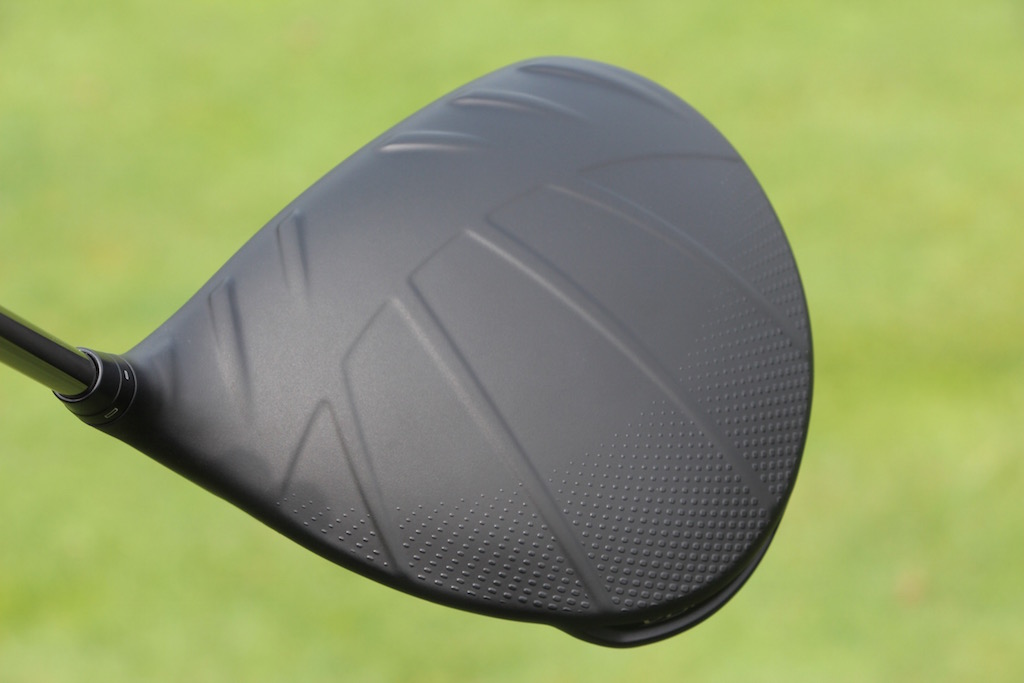
Aerodynamic features on the front of the crowns, “Turbulators,” have been thickened for the G400 release. There’s also Ping’s “DragonFly Technology,” a geometry on the back of the driver crowns that helps push CG lower and more rearward in the driver heads. I personally think the G400 crowns give the drivers an old-school, muscle car-like look, but there’s no question they won’t fly with all golfers.
Whatever your thoughts about what’s on top of the G400 drivers, there’s no question that what’s under the hood can offer something the G and G30 drivers did not. Maybe you’ll like the smaller head. Maybe you’ll prefer the quieter sound. Maybe the improved forgiveness will show up on a launch monitor or on the course. Or maybe you’ll just flat out rip a G400 farther and straighter down the middle like I did.
If that last bit happens, try not to second-guess it.
- LIKE676
- LEGIT83
- WOW48
- LOL18
- IDHT12
- FLOP22
- OB15
- SHANK59
Driver Reviews
Members Choice: The Best Driver of 2017
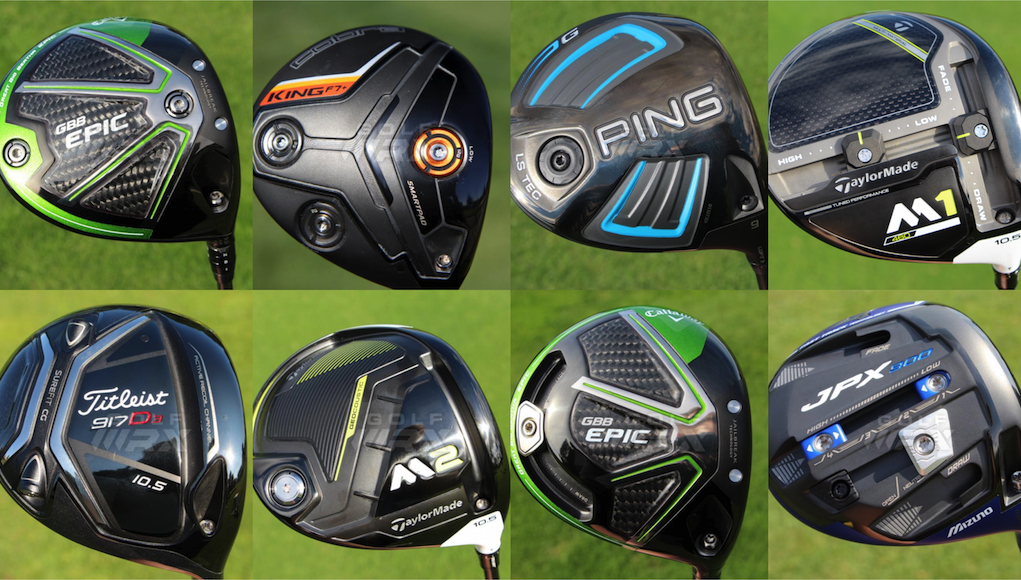
What determines the best driver on the market; is it the opinion of professional club fitters, professional golfers or testing results from a group of amateurs?
At GolfWRX, we believe all three sources can lead golfers to an answer. Being a website founded by passionate golfers with a mission to serve passionate golfers, though, we place a special emphasis on the opinions of our GolfWRX Members — the most knowledgeable group of golfers on the planet. No other group of golfers in the world tests golf clubs as frequently or as extensively as GolfWRX Members. So who better to poll to get an initial indication of the best performing drivers so far in 2017?
So we asked them, “What’s the best driver of 2017?” They voted for the three drivers they felt most worthy of the title and provided feedback about their selections in our special forum thread. You can see the results below (as of the first three weeks of voting), as well as quotes we pulled from GolfWRX Members about the drivers from our forum.
Remember that our polls will remain open for voting throughout the year, and we’re going to keep an eye on the percentages as more and more golfers have an opportunity to test these drivers. We’re also working on another Best Driver list, which will evaluate clubs in another important way. Stay tuned!
Keep in mind that there’s no single driver on the market that is the absolute best option for every golfer: that’s why nearly every manufacturer makes at least two different models. As this list indicates, however, some drivers are working better than others this year. Happy Testing!
Note: Forum posts were minimally edited for grammar, style, spelling and clarity.
Cobra King LTD Black (3.00 percent of votes)
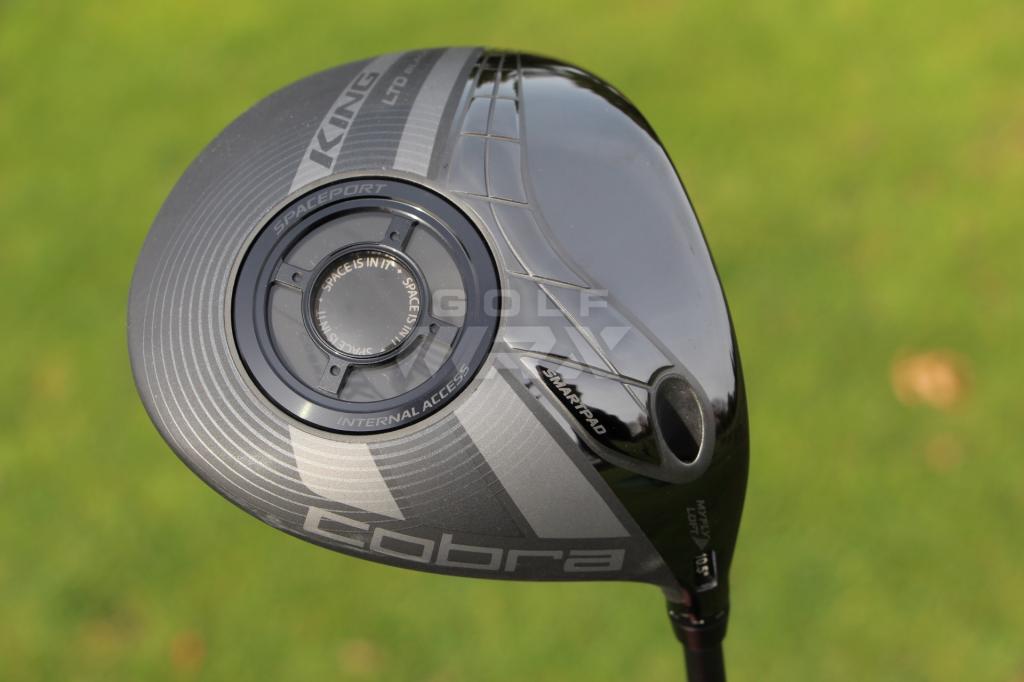
- The General: All-black LTD is really clean looking. I’m about to cover up the orange on my LTD with lead tape. Orange is played out
- mh7vw: Love my LTD, but wish the black finish (or even this gray) didn’t have that subtle checkering you see in some like. Prefer plain black.
- dbleag: I am a fan of the black/orange combo. The performance and sound of the LTD is very appealing to me. I also like that the standard length is 45 inches. For me, that helps it be super-accurate. With the low-spin design, I hit it longest of the current offerings and can’t remember the last time I missed a fairway. Straight, solid, low spin and nice.
Further Reading
Mizuno JPX-900 (3.20 percent)
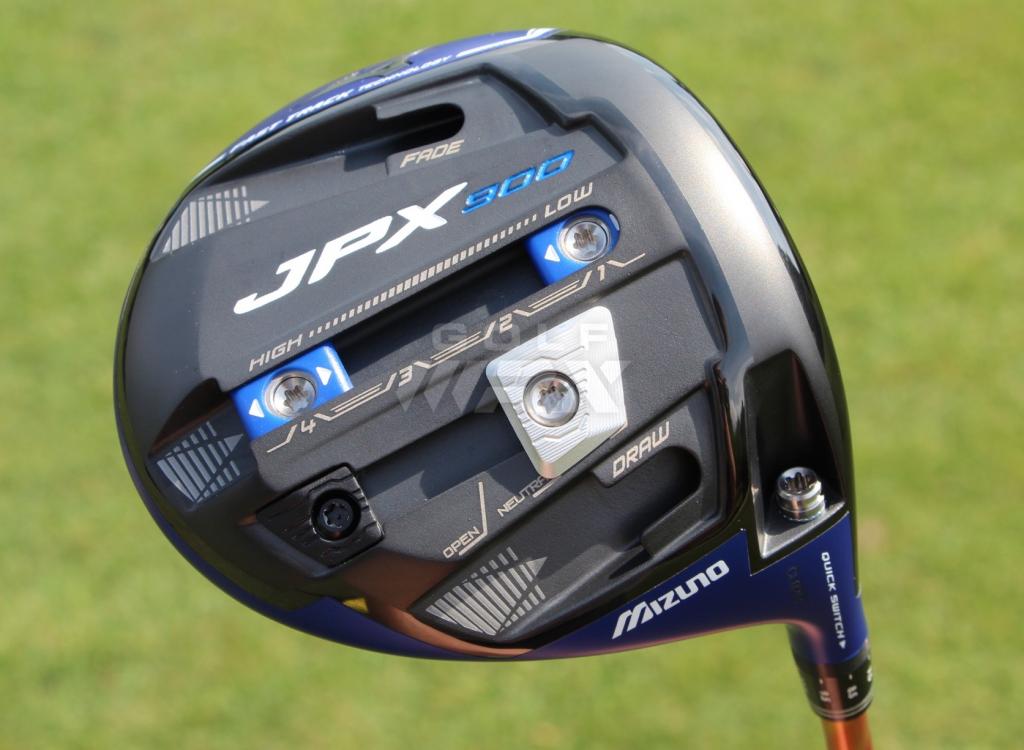
- johnnythunders: JPX goes straight. Best real-deal shaft and is long and very adjustable.
- KT35: That blue head looks awesome sitting on the ground. I hit balls off the toe and heel and didn’t see the big drop off in distance like the previous models.
- nmorton: The JPX-900 is definitely more forgiving compared to the JPX-850, and sounds much better. Though they did sacrifice a bit by going with a little larger profile, but it’s easy to get used to. The graphics are so so, but this driver performs. I’m really digging the Evo II (shaft).
- jay65: I can see that Mizuno is really making a decent effort with its drivers/fairways in terms of tech and aesthetics, and they compliment the new JPX-900 line of irons really well, but if they’re going to make any inroads they really have to address this issue of their custom shafts options. It’s rubbish.
- bok006: The JPX-900, after being properly adjusted by the fitter, gave me an extra 20 yards just like that. My swing speed suggested I was borderline S to X (flex), but the fitter said unless I was fighting a hook I should stick with the S.
- bubbagump: …the JPX-900, when properly fit, is just as long on a consistent basis than all the new models I tried in real life situations. It looks great, sounds solid and just knows the way to keep the ball in play.
- Chazb: I’m 69 years old, have a swing speed of 91 mph and played nine with the JPX-900 this morning. It was in the 40s with a brisk wind hit it around 220 to 230 yards. It was a fairway finder, has great feel and is one of the easiest to control drivers I have ever hit. I can’t wait ’til it is warmer and can dial it in more. So far I have the two weights all the way forward for a lower flight and the other set with a draw bias with 10.5 degrees of loft. This driver is the real deal; it may not be the longest or the shortest, but it is a fairway finder which IMO makes it a winner.
Further Reading
Ping G (3.80 percent)
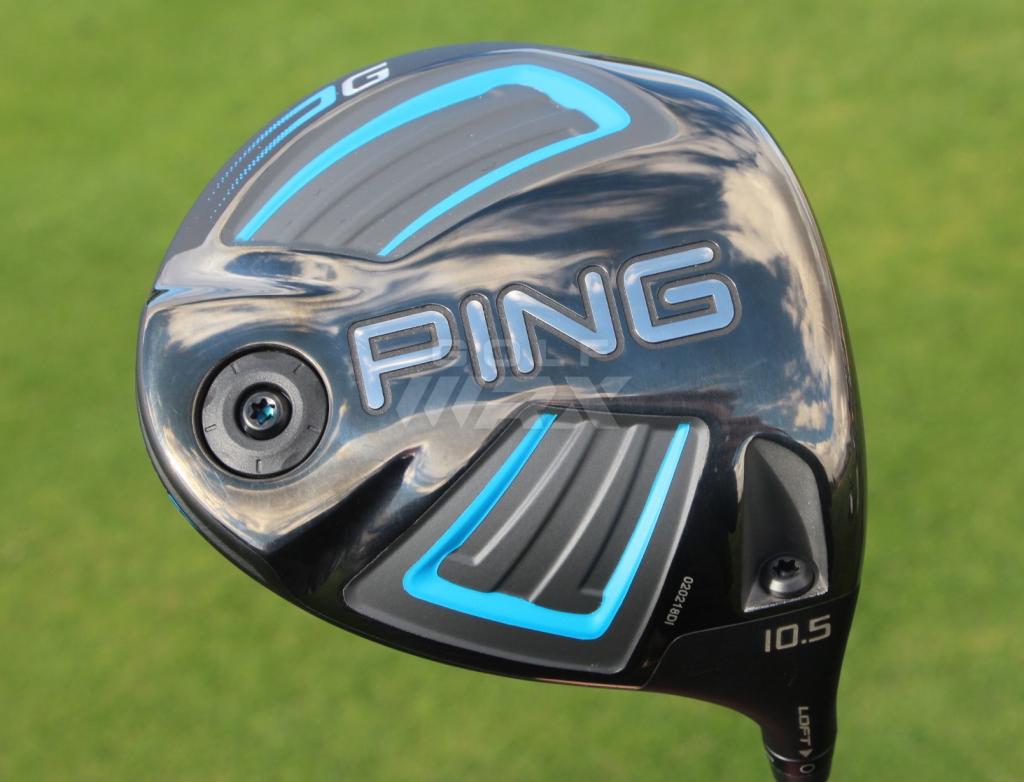
- Wesquire: Ping G is the most forgiving so it wins.
- bopper53: Ping G hands down. Great distance and the most forgiving.
- Dannydubbbs: The Ping G series is just too forgiving. The distance is comparable between most models, but Ping always seems to win out with forgiveness.
- Bruin Bear: The Ping G is going to be overlooked because it’s looked at as “game improvement,” but this driver is a beast. I liked the LS, but it requires a faster swing to get results and in the cold outdoors I just don’t have that all the time. I think the G is the perfect blend of performance and forgiveness.
- cmrl1986: Only reason I switched from the Ping G25 was that the G felt less harsh off the face. Same distance just about.
Further Reading
Cobra King F7+ (3.90 percent)
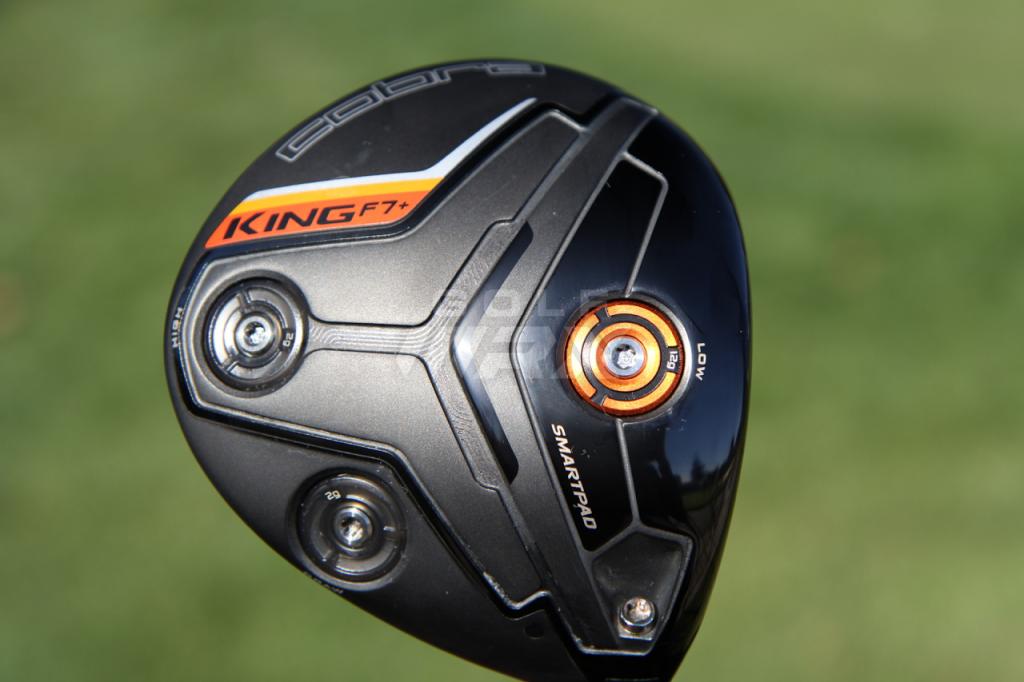
- EntourageLife: Ball really flies off face. Driver head controls spin well. Not one drive “ballooned” and trajectory was high and best of all… very easy to work ball right to left for a confident draw.
- Gollie: The F7+ is another great offering from Cobra… I didn’t get the “MAN, this is gonna take my LTD out of the bag” feeling, but it has very good sound, feel and performance.
- J13: F7+ is a great offering from Cobra and IMO is in the top-3 drivers this year. Epic is the standout for me numbers wise, then M series and F7+ are right behind it. Love the Agera (shaft) in there!!! Such a great shaft; I can’t seem to get mine out of the bag.
- Golfer from MO: Hit both Cobras lefty and as a lefty the LTD is the shizzle. Last year it was the LTD and Big Bertha down to the absolute wire… the F7+ is more workable than the LTD, but not longer and a little worse on mishits.
- Boognish: I took a few swings with the F7+ at Golf Galaxy yesterday. 9.5 degrees with heaviest weight forward. The stock shaft is actually the same model I play in my GBB (albeit in smoked black instead of yellow). Ball flight and distance were similar to my GBB with good consistent sub-3000 backspin. Sound was OK, feel was harder than the GBB.
- thechief16: Just from the range (no LM), I didn’t see a noticeable performance improvement with the F7+ over the original King LTD. And I like the look and sound/feel of the LTD better.
Further Reading
Ping G LS Tec (4.90 percent)
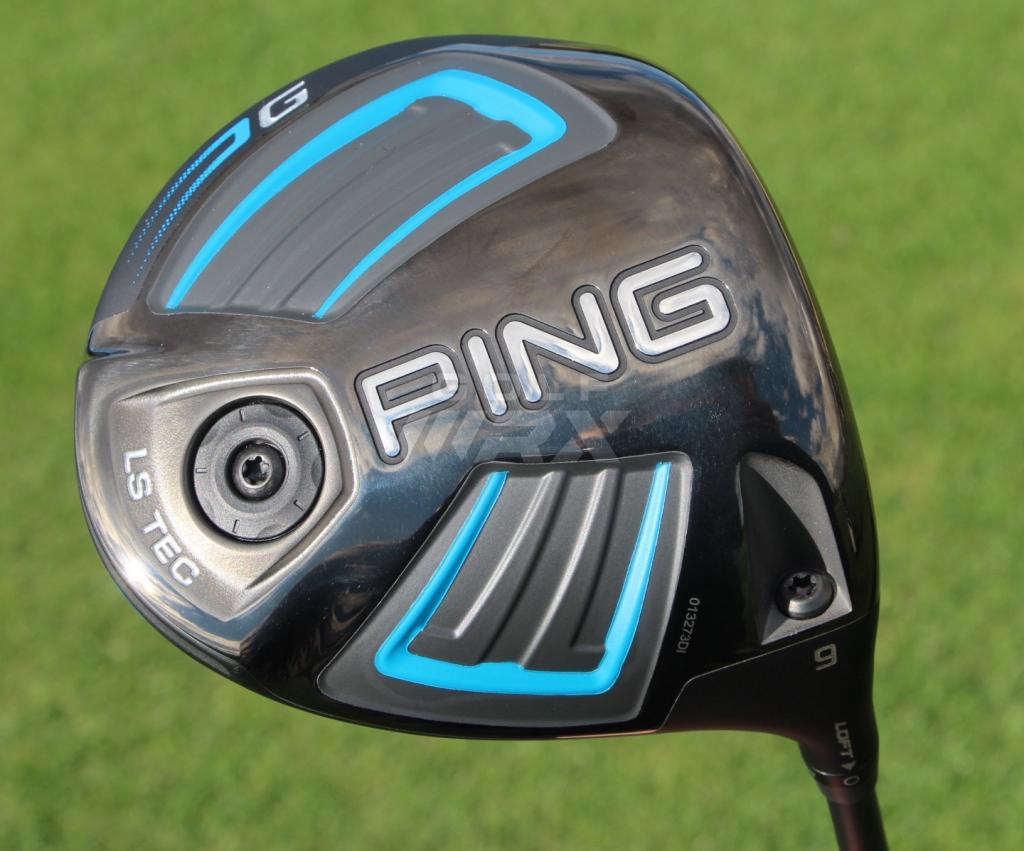
- drvrwdge: I played the G LS with the Ping Tour 65X (shaft) tipped an inch for about a year. Just put the HZRDUS Yellow 75 6.5 tipped an inch and never thought it was possible, but it’s longer and straighter. Best driver shaft combo I’ve ever hit. You can feel that HZRDUS throughout the entire swing. Really gives you a solid connected feel.
- Mtngolfer1: I am not sure that I would consider this a 2017 Driver, but my vote went to the Ping G LS Tec. The fact that my G is still holding its own against the latest 2017 releases has me very excited to see what Ping will release later this year.
- 3woodvt: Fairway finder and plenty long.
- pitchinwedge: I’ve found the LS to be nearly as fade biased as the M family. I get pretty good results with the LS by making a conscious effort to make more of an in-to-out swing. Any lapse in concentration and everything goes right. The M’s require even more effort, which is the reason I stayed with the LS instead.
- 3 Jack Par: After an up and down year with the G LS, I’ve actually recently gone back to my G30 LS head. I only have a couple of rounds as a sample so far, so I can’t really draw a conclusion about whether one or the other is better, but with the same shaft it seems like my G30 head might be a little longer. Honestly, the performance differences are pretty minimal if you really compare the two generations.
Further Reading
Titleist 917D3 (5.30 percent)
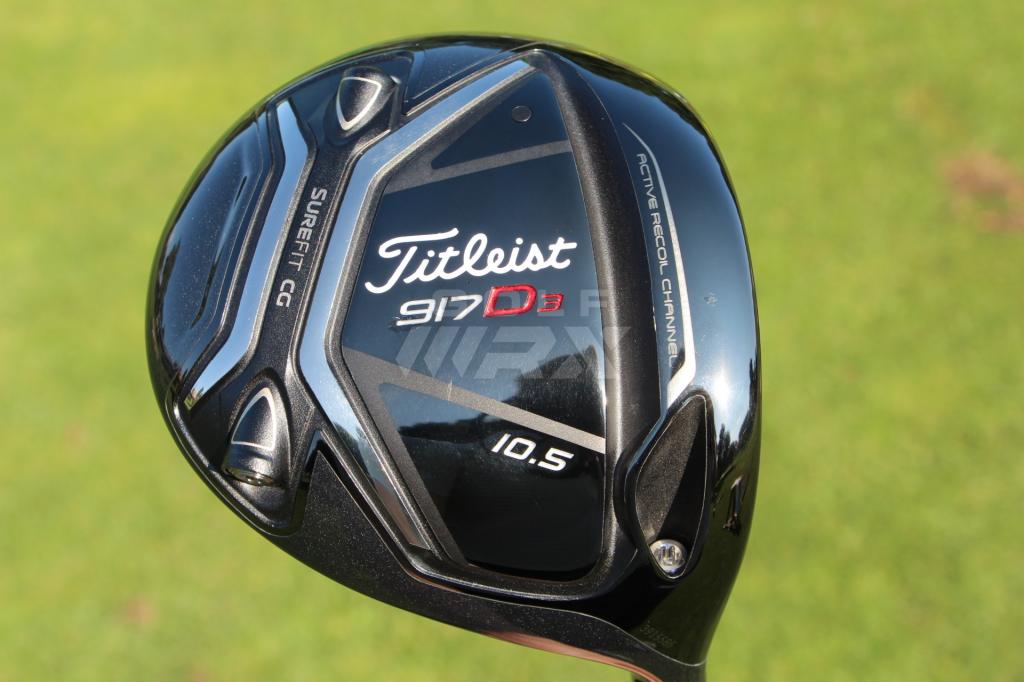
- Gava: The 917D3 is in my bag now, and I’ve found it incredibly long with a recently purchased Graphite Design Tour AD MJ 7TX shaft. Feel and accuracy has been a real improvement as well.
- Togatown22: I find my 917D3 to be just as forgiving as my 915D2 was, and man do I prefer looking down at the head shape and color versus the 915. Very confidence inspiring.
- NIxhex524: I would definitely give the D3 a whirl. I feel like Titleist has made great strides at making the smaller head way more hittable for us ams.
- KPH808: So in conclusion, I was hitting the ball about 9 yards further on average and 3-4 mph faster ball speeds with the 917D3 vs. the 915 D4. The biggest thing for me was the forgiveness between the two; the 917D3 was more forgiving on mishits.
- brushie: The 917D3 head feels soft like the 910 and sounds great. I never had an issue with the 915 sound; it wasn’t great, but it didn’t bother me too much. This is much better, though. The 917D3 head shape is perfect to my eye as well. The area where the 917 shines is forgiveness.
Further Reading
TaylorMade M1 440 (5.35 percent)
- Tigermatt31: The M1 440 is best driver I’ve had ever.
- TollBros: The M1 440 is definitely lower spin than the M1 460 or M2 from last year. Launch angle isn’t really any lower, but spin is lower for sure.
- specimania: This year’s 440 is more forgiving.
- MCoz: Yes, this 440 is more forgiving, and yet it also appears to be more workable than both of the previous M1 and M2s.
- nitram: To save you a bunch of reading and crunching numbers, I quickly concluded there was a little more forgiveness and exactly +0.4 mph ball speed with the 440. By forgiveness I simply mean this: A 1.48 smash 440 will give you the same ball speed and distance as a 1.49/1.50 430. But if you get a 1.50 from both there is no measurable gain. Side-to-side dispersion was better by 4.7 feet with the 440. Workability was a wash between them, although the 430 seems a bit more fade biased whereas I’ll describe the 440 as a scosche more neutral.
- tj24: I hit the M1 440 with my Aldila RIP at an 80-gram X-flex. For me, the spin numbers were around 1700 rpm which is probably to low for my swing. I did, however, like the shape of the head and I felt like I could easily work the ball both ways.
- halfsumo: I really think they nailed it with the shape of this 440 head. Nice pear shape, no weird bulges or ridges that you have to get used to.
Further Reading
- GolfWRX members gain 7 yards on average with 2017 TaylorMade M1, M2 drivers
- 12 Important Changes to the 2017 TaylorMade M1, M2 Drivers
Titleist 917D2 (6.65 percent)
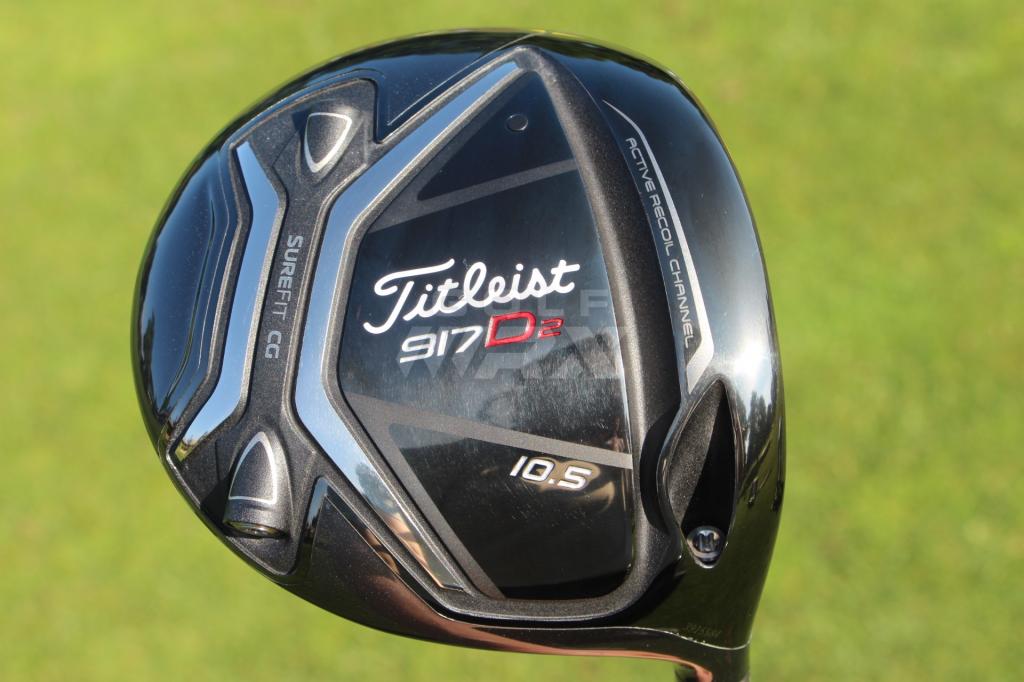
- tsletten: Love the sound of the 917D2.
- bladehunter: No doubt the 917D2 is an accurate, forgiving driver that doesn’t look as big as it is and sounds fantastic.
- JStang: Maybe it’s just me, but I find the face to be more shallow (top to bottom) with the 917D2 than other drivers that I’ve tried lately.
- LuckyLowbrow: I was actually spinning it too low with the D4. Going up to the D2 normalized my spin rate, but led to such an improvement in consistency across the face.
Further Reading
TaylorMade M1 460 2017 (11.81 percent)
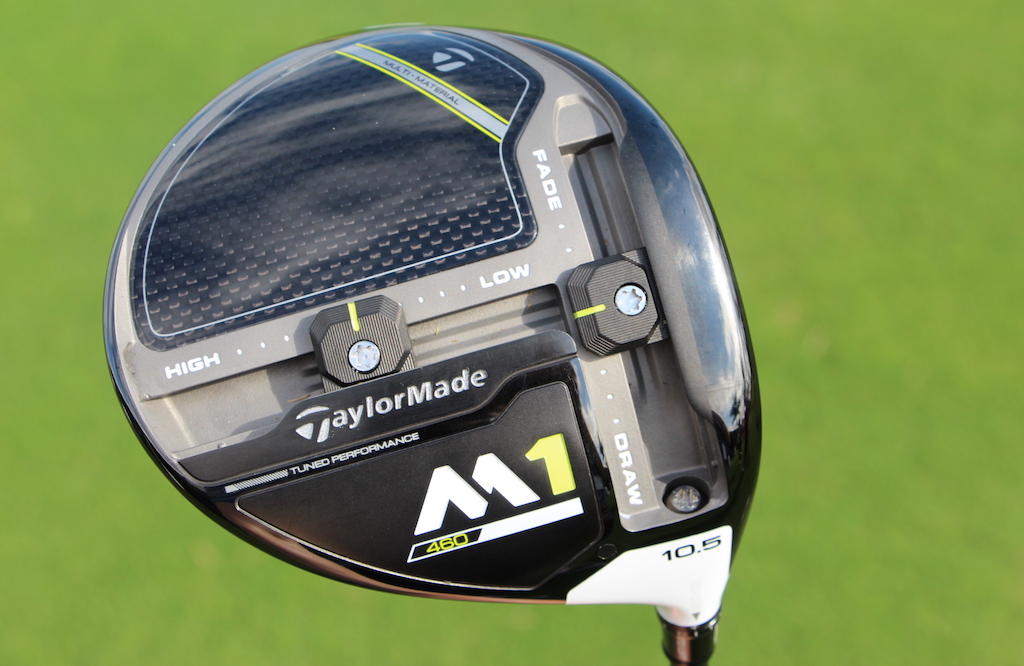
- Ereim: I ended up going with the M1 460. It gave me a slightly tighter dispersion, and I liked looking down at it slightly more.
- jdenham15: The 2017 TaylorMade M1 is a great driver, but I tend to miss wide right and struggled to turn it over.
- ZBigStick: The M1 460 gave me the best results. Was able to increase launch without much added spin with the (T-Track) weight. Feel is good and felt forgiving; dispersion results backing that up.
- BillMurrayGolfing: The face is hot, receptive, thin and makes a nice sound. I like that.
- JStang: Sound and feel were both fantastic. I couldn’t ask for much more in the sound and feel department than what this club offers. Plenty of feedback was provided based on impact as I would expect. I could easily tell where I missed based on feel.
- tnord: Just as another tester found, moving the weight back and forward absolutely does impact how the club sounds. I’m much more a fan of the weight back.
- chickenpotpie: Moving the slider to the draw position made the feel of the driver a little harsher. Feel was much much smoother with that weight in the middle. I didn’t see any such changes with the front/rear slider.
Further Reading
- GolfWRX members gain 7 yards on average with 2017 TaylorMade M1, M2 drivers
- 12 Important Changes to the 2017 TaylorMade M1, M2 Drivers
TaylorMade M2 2017 (11.86 percent)
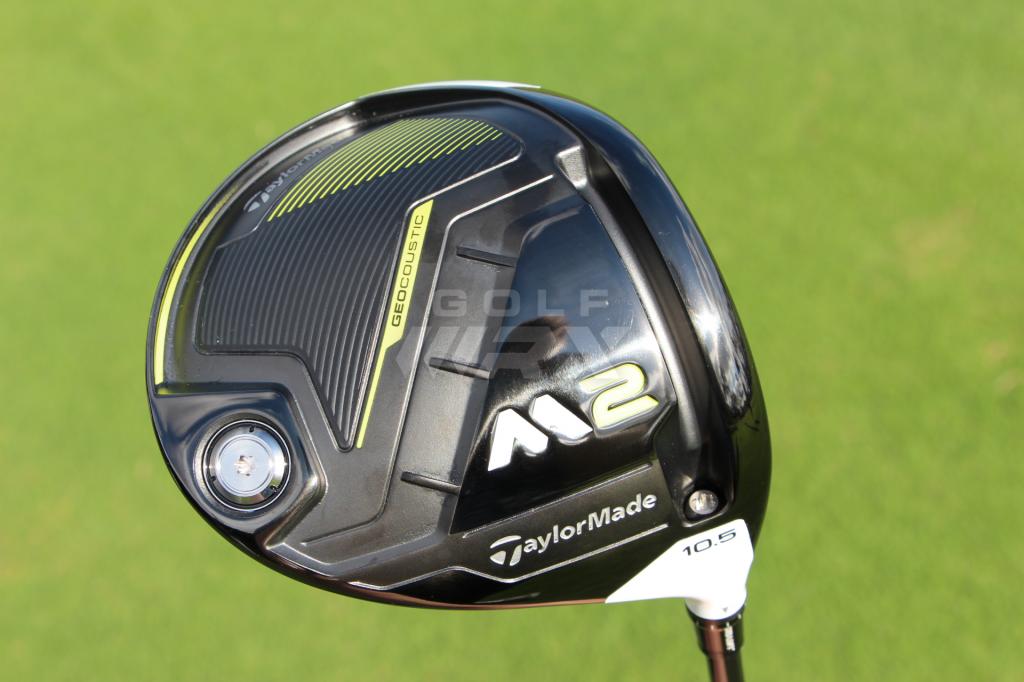
- ZBigStick: I liked the feel of the new M2 but seemed to get better results and numbers with the new M1. Could be the extra 5 grams of head weight?
It was dynamite with the GD TP-6 (shaft)! - erock9174: On Trackman it didn’t put up the most ball speed, but counting all shots the M2 had the longest average distance.
- gripandrip: The M2 seems to have a little bit of a fade bias for me. And the head is HUGE. Maybe it’s a mental thing to be able to turnover a head that large.
- Bomber_11: M2 has very big shoes to fill, as the 2016 M2 was arguably one of the best drivers of the last 3-4 years.
- LONG&STR8: It’s hard to ignore the sound of the new M2. That may be TaylorMade’s biggest fail with that driver, as the sound and feel was one of the best things about the first version that I’ll have in the bag until something better comes along.
- Z1ggy16: The new M2 was terrible for me, not sure why. Unsure if it was the shaft I used but it spun up like a monster and ball speeds weren’t any better than previous M2.
- Peanut191: I don’t really think that the new M2 was much of a step backward, probably more that it doesn’t seem like a big step forward compared to last year’s model. I was hitting my 2016 M2 against a 2017 M2 indoors (which usually amplifies the louder, more obnoxious sound) and I didn’t notice that much of a difference in sound. It could have been that I might have just happened to get a hold of a head that was more muted than normal with the new one, but I just didn’t notice much difference. Performance wise, I could tell that the 2017 was slightly more forgiving than the 2016 model, but I was basically getting the same ball speed and spin numbers, so I didn’t see the need to upgrade.
- gioguy21: Played 54 holes this weekend. The M2 was as reliable as it could get. I hit 11/12 fairways Friday, 10/12 Saturday and 5/9 or so yesterday (windy). Controllable, just wants to go straight. The sound no longer bothers me. I think it’s when hitting indoors or in range bays that it gets unbearably loud. Makes a different sound when hit on the screws I’ve found, similar to last years M2/M1 with less high-pitched ring. The forgiveness is very obvious, as I hit a couple that were close to center of the face but either high or little out toward the toe that flew similar trajectory and distance to how a well struck shot would react. I think where this driver really shines is the ability to either tee it high and hit it with higher trajectory or the ability to hit it lower with a low tee (3/4 of the ball under the crown) and hit laser beams that don’t move left or right.
- G-Bone: From what I’ve seen on Trackman, 2017 M1 was a big jump from 2016; however, 2016 M2 was so good, 2017 is a minor jump.
Further Reading
- GolfWRX members gain 7 yards on average with 2017 TaylorMade M1, M2 drivers
- 12 Important Changes to the 2017 TaylorMade M1, M2 Drivers
Callaway GBB Epic (14.91 percent)
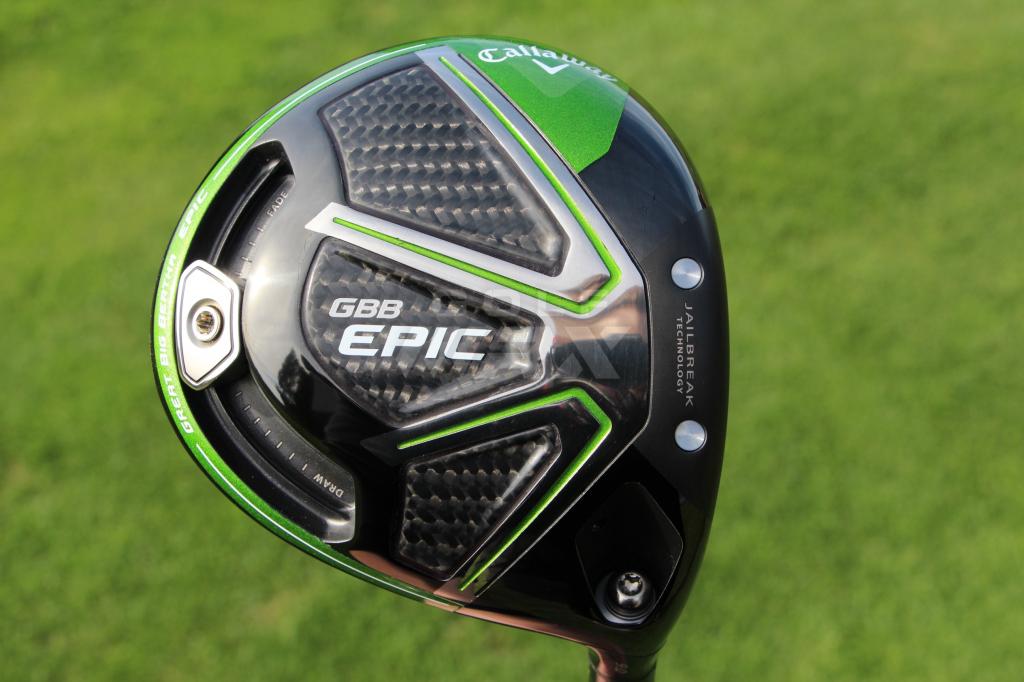
- HDTVMAN: I hit both the Callaway Big Bertha Fusion and Epic with a 44.5-inch UST Recoil F3 shaft and the results were very close. From customer testing, it appears the Epic is longer for those with higher (95+) swing speeds. I have also seen that 44.25-44.5-inch lengths promote tighter dispersion with customers, no loss of distance and better over-all drives.
- mbbrewer: Tried them all and for me Epic was the one. Fastest ball speed, lowest spin and tightest dispersion.
- Ereim: Epic felt great, looked great and the numbers were basically 99.9 percent optimized for my swing.
- johnnylongballz72: There is Epic and there is the M series… then there is everyone else. The votes here show it, the PGA Tour use shows it and launch monitors everywhere show it.
- misplacedtexan83: GBB Epic/Sub Zero pushed the envelop in design and materials to produce increased ball speed and gains. For once a driver did what a company said it would do.
Further Reading
Callaway GBB Epic Sub Zero (16.91 percent)
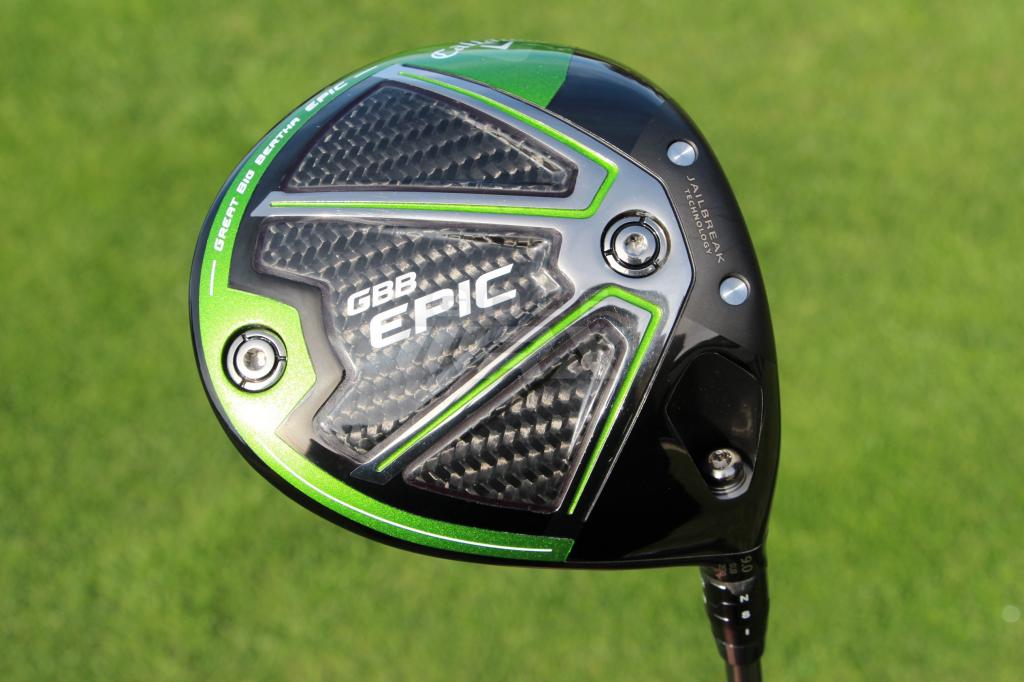
- jdenham15: I tested the Epic Sub Zero and Epic against my 2016 TaylorMade M1 and the ball speed was 5 mph higher on average, which gave me about 10 yards more carry disstance. That was great, but the part that sold me was the forgiveness. I love my Epic Sub Zero. I feel like it’s easier to turn over and I can work it both ways.
- Z1ggy16: Sub Zero was hands down the best, including my gaming M1 (yeah, not even top-3) due to the combination of lower spin, good forgiveness and feel and looks.
- jimhaire: I had a 2016 M2 and went with the Epic Sub Zero. The look at address suited my eye and the feel off the face was better for me. And the club went straight.
- Sef: I have tested a lot of these drivers and for me the Epic Sub Zero was so much better than everything else. I wish I could just apply all three votes to it.
Further Reading
Members Choice 2017
- LIKE652
- LEGIT92
- WOW45
- LOL39
- IDHT16
- FLOP39
- OB34
- SHANK255
-

 19th Hole1 week ago
19th Hole1 week agoDave Portnoy places monstrous outright bet for the 2024 Masters
-

 19th Hole3 weeks ago
19th Hole3 weeks agoThings got heated at the Houston Open between Tony Finau and Alejandro Tosti. Here’s why
-

 19th Hole1 week ago
19th Hole1 week agoTiger Woods arrives at 2024 Masters equipped with a putter that may surprise you
-

 19th Hole2 weeks ago
19th Hole2 weeks agoReport: Tiger Woods has ‘eliminated sex’ in preparation for the 2024 Masters
-

 19th Hole4 days ago
19th Hole4 days agoTwo star names reportedly blanked Jon Rahm all week at the Masters
-

 19th Hole4 days ago
19th Hole4 days agoNeal Shipley presser ends in awkward fashion after reporter claims Tiger handed him note on 8th fairway
-

 19th Hole3 days ago
19th Hole3 days agoReport: LIV Golf identifies latest star name they hope to sign to breakaway tour
-

 19th Hole2 weeks ago
19th Hole2 weeks agoAddiction, spinal fusion, and scam artists – Everything Anthony Kim revealed in candid interview with David Feherty



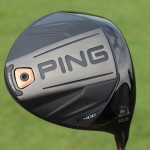
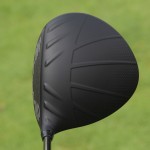
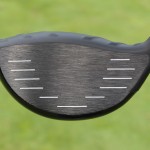
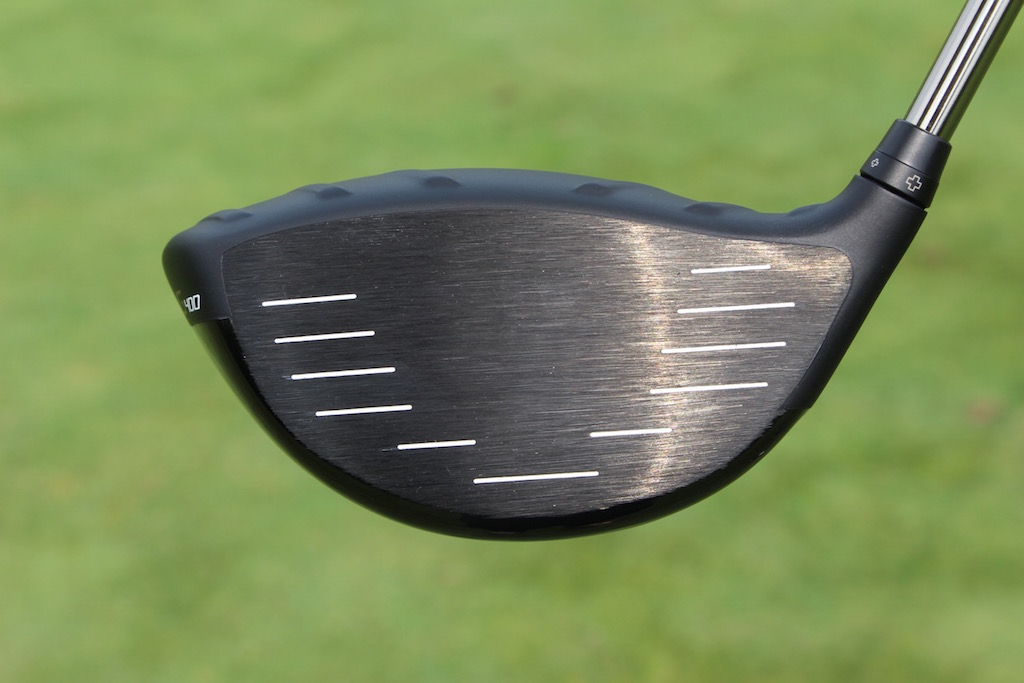
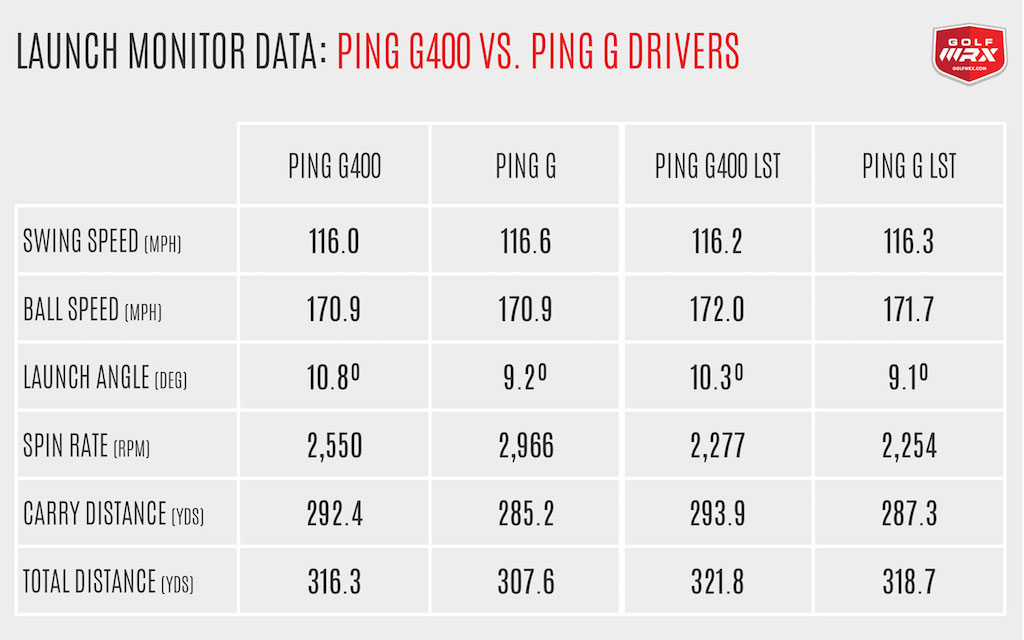
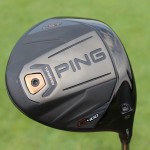
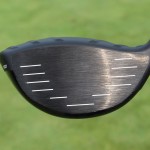
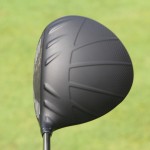
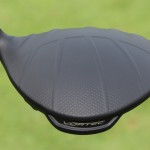
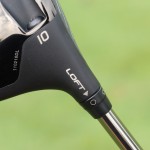
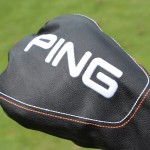
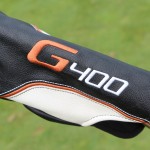
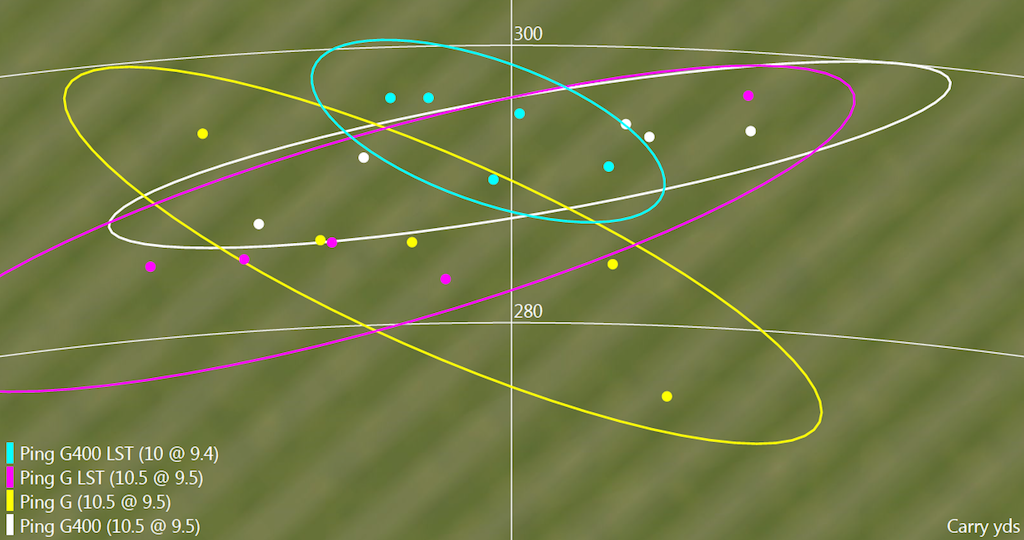
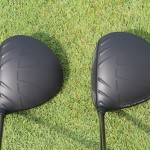
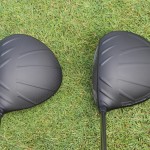
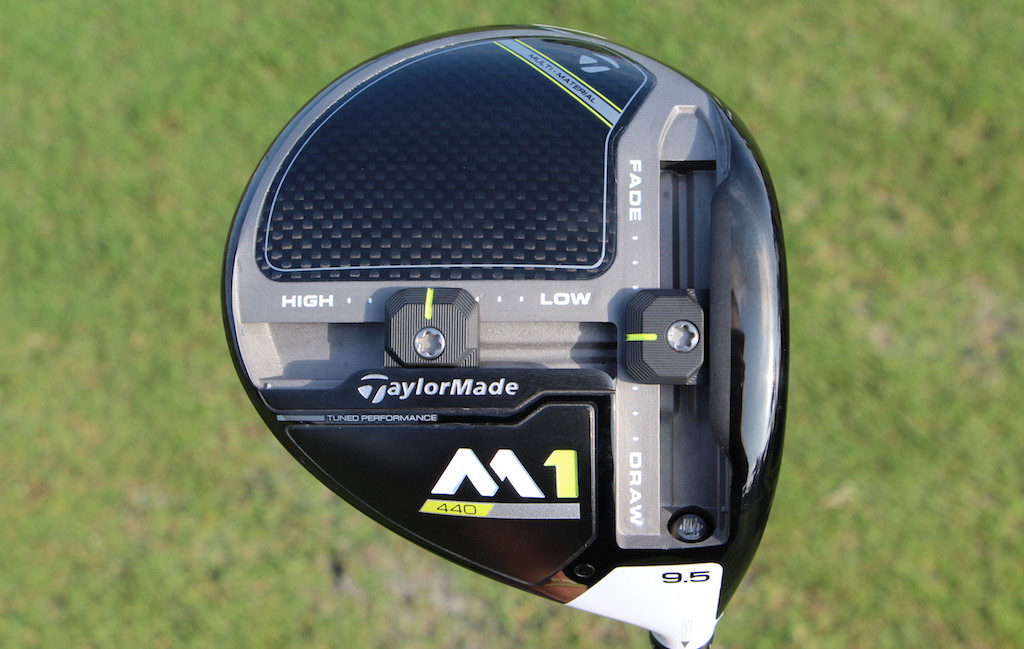













nik
Mar 5, 2014 at 3:11 am
Can’t get on with this driver at all! Changed from taylormade r7 to this and can’t drive for toffee anymore! Just feels awful. Now changed to taylormade burner superfast and Boom!! Driving like a pro!! Nike – not for me.
Dave
Jun 30, 2009 at 1:24 pm
As someone who just tested this driver side-by-side with the TaylorMade R9 460, I found the Nike to be the better driver. On a simulator and launch monitor I found it to be longer than the R9 and preferred the feel and ball flight better, which might be attributable to the shaft. The only thing I liked better with the R9 was the sound. The Nike is not as loud as the old SQ models, but is still rather ‘tinny’ sounding. Since the price has dropped to $299 in retail (at most places at least) I think it’s the best deal in drivers.
tim
Jun 23, 2009 at 2:51 pm
I have an adjustable driver – an R9. The radical adjustments did not work for me. But having all the adjustments available meant I could find at least one setting that fit perfectly. To me, this is the advantage of adjustability. The really good golfers might have 3 or 4 settings, depending on the course (which is like having a tour van adjust your driver). And the higher handicaps will find at least one setting that will work well. As the comment above, that is much better than one setting glued in. I have been taking lessons for several months, and my swing has become flatter. But now I can adjust the driver as my swing changes – I don’t have to go find a new driver.
Simon Moore
Jun 23, 2009 at 3:47 am
I must say _ I was kinda surprised when I hit the Dymo Str8 at the Orlando demo day
It certainly changed things – low fades …. then high draws depending on setting
My only gripe is the marketing presentation of 8 settings when really there’s 2 in the middle which are pretty well the same, and 2 where you change loft and face angle together. In my book there are 3 settings of merit. BUT that is better than 1 setting in a glued in club!!
So well done Nike!
I think the argument that golfers should change their swings is incredibly “hopeful”. Golfers are after quick fixes. This is what keeps the golf industry in biz!
Cheers
Simon in New Zealand